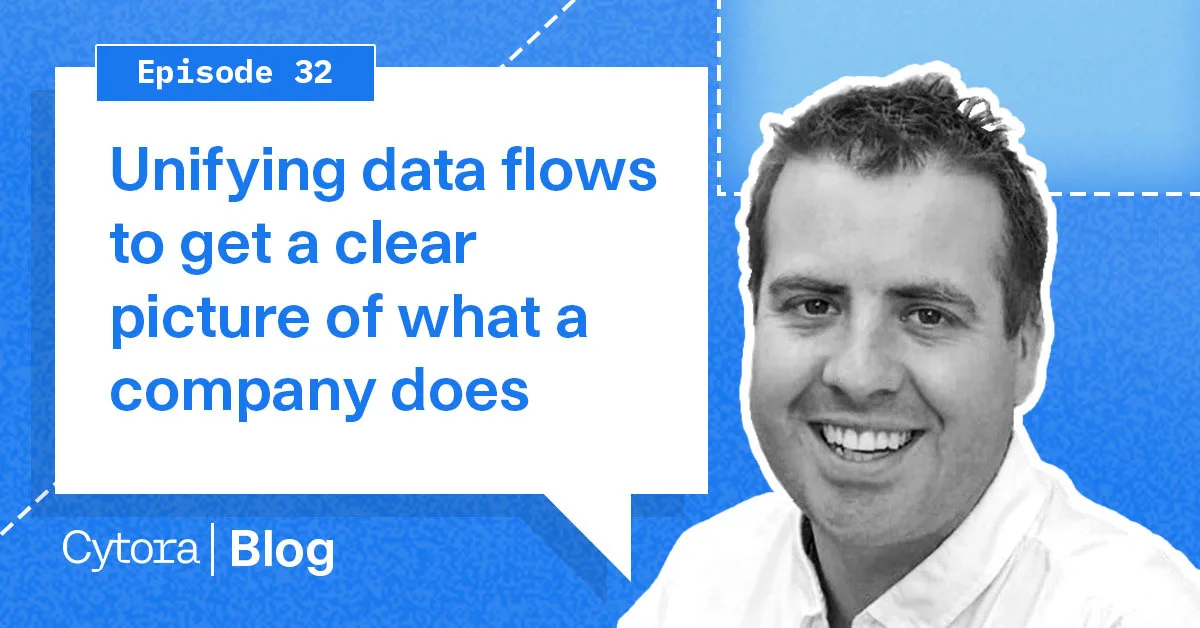

In commercial insurance, risk is driven significantly by what a company does – that is, what they produce in goods or services. The more granularly and consistently an insurer can correctly identify this, the better quality their decision-making across the customer lifecycle including appetite filtering, risk selection and decision quality including setting policy terms and technical rating.
Typically, insurers seek to make distinctions to finely segment risks into homogeneous groups. For example, insurers may decide they do not want to issue policies to restaurants as a whole but are willing to write restaurants that do not have bars. Or they may want to write engineers, not but structural engineers.
However, identifying what a company actually does is by no means simple. Insurers typically receive high level and subjective descriptions of a company’s trade that neither mesh against their own definitions or are not granular enough to determine if the trade activity is inside or outside risk appetite. The challenge is that the trade descriptions that insurers receive in submissions tend to be higher level than their risk appetite rules, necessitating that underwriters manually check websites and use other datasets to derive a more granular trade description. This means new business and renewal workflows stay manual, putting a brake on digitisation.
Insurers therefore have faced a compromise, either accept higher level trade descriptions that provide less risk differentiation or invest manual effort in looking up more granular trade information at the expense of automation.
However, this trade off can be resolved through better use of combinational data sources enabling insurers to achieve granular risk differentiation while streamlining workflows. How does this work?
Insurers can combine the data they receive in the submission with other data sources to fulfil a data field such as occupation type at the right level of granularity. They may design a data flow that takes the company name from the broker submission, matches it against a central identifier – for example, Handelsregister in Germany or Companies House in the UK – and then matches it to a sector-specific directory of registered companies to derive a second level more granular trade description which is then mapped to their typology.
There is a plethora of external datasets that can be used in order to answer the question of “what this company does”. Many trades will be regulated on a statutory basis such as Charities, Schools, Solicitors, Architects etc. The regulatory bodies publish their registers and often additional data points such as the specific regulated activities undertaken and disciplinary action. In many sectors trade bodies exist to train, accredit and promote their members. They typically publish their membership lists along with their member’s specialites allowing for a granular view of activity.
To harness the power of combinational data flows requires insurers to be able to combine internal data (e.g. risk submissions) and external data sources flexibly, easily and in a standardised way. It requires insurers to have high performance entity resolution so that company identifiers from different data sources can be matched to one another at high levels of accuracy. And it requires insurers to – in a software interface – design combinational data flows from multiple sources to fulfil schema fields specific to a line of business.
Insurers can realise significant benefits from achieving a clear picture of what a company does.
It enables them to both enhance risk differentiation and importantly move from manual workflows where each risk requires manual intervention by underwriters to digital risk flows where underwriters receive decision-ready risks.
For smaller homogeneous risks, insurers can route risk segments that meet criteria for straight through processing with confidence that risks in more complex trade segments can be identified and routed to referral teams. For larger mid-market risks, underwriters have increased capacity to focus on decision-ready risks already aligned with the risk appetite and prioritised by the degree they enhance the portfolio.